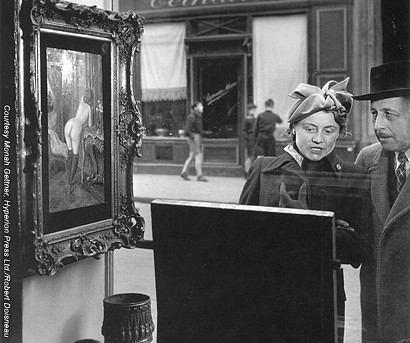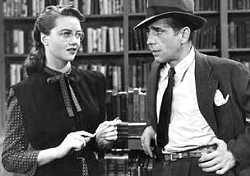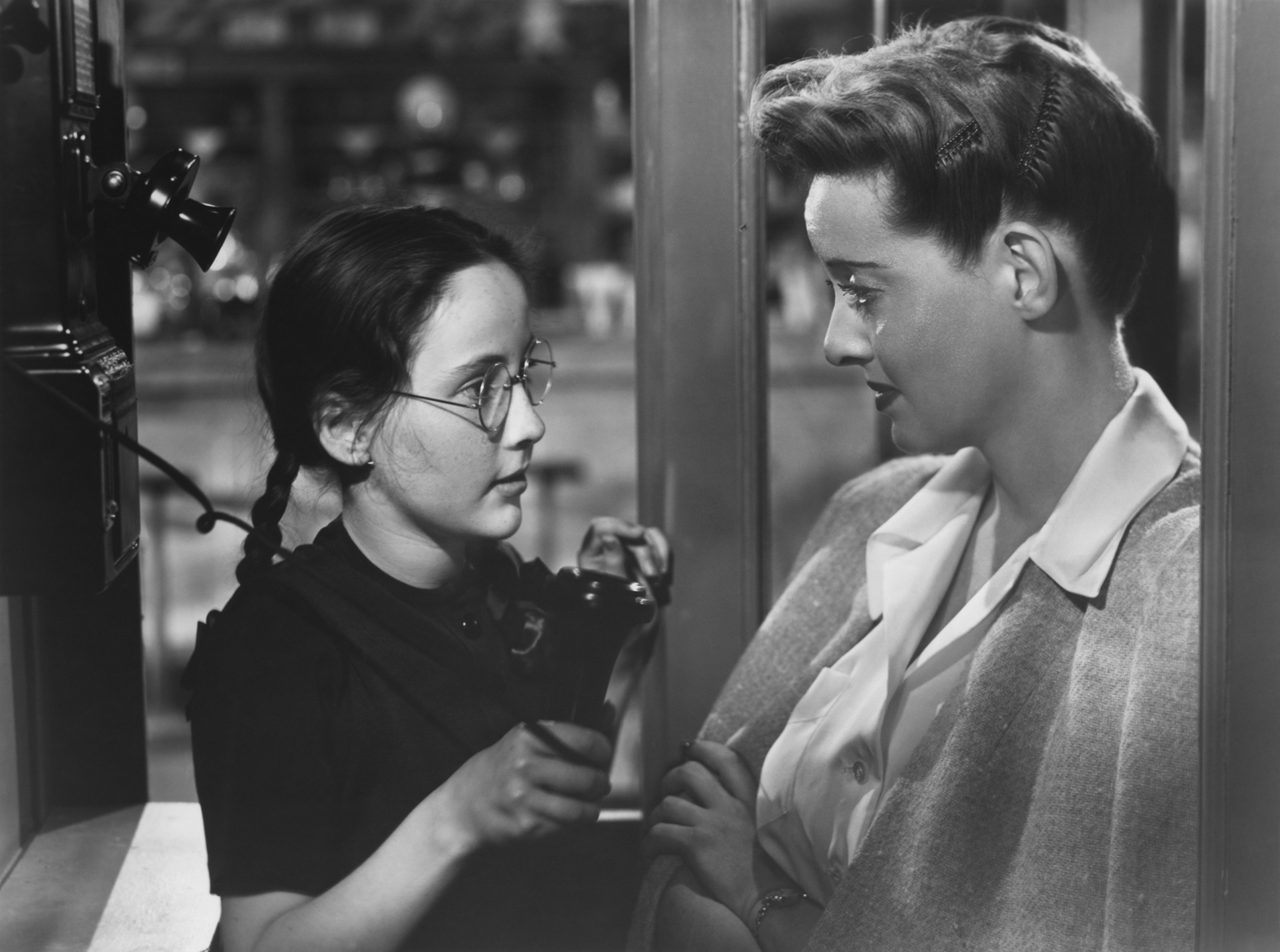


First published in Screen 23:3-4 (1982): 74-87



Like Mulvey, Doane uses the tools of Freudian psychoanalysis to interrogate possibilities for the female spectator in CHC. She posits three modes for female spectatorship:
1) Transvestitism (adoption of the masculine
position)
2a) Masochistic over-identification with the female character
2b) Narcissistic objectification of the female character
3) Masquerade (excessive femininity)
All of Doane's arguments depend upon the spectator's ability to achieve a critical distance from the onscreen image of woman. Distance from the image is 'good' while proximity to the image is 'bad.' The female spectator lacks distance from her own image because of her proximity to the image: "She is the image." She therefore over-identifies with the image (i.e., she often reacts as if it's happening to her).
To achieve the necessary distance, then, the female spectator must assume the masculine position (transvestitism) which, as Mulvey argues as well, is expected/demanded by the narrative. If she does not distance herself, the female spectator risks over-identification and narcissism because the spectacle of woman is also herself, a woman.
Doane then builds upon the 1929 psychoanalytic work of Joan Riviere, who observed in case studies that when a successful woman usurps male power (the phallus), she compensates for that transgression by behaving in an overly feminine manner. She does this in order to downplay her transgression and her castration threat. Doane argues that women can wear superficial attributes of femininity as a mask (masquerade), as a disguise to be taken-on or rejected.
This excess of femininity highlights how femininity is but a hyperbolic gendered performance, not an innate structure. Masquerade thereby allows the female spectator some distance from the image, since she realizes that the image of femininity is a mask/performance. As Doane summarizes: "Above and beyond a simple adoption of the masculine position in relation to the cinematic sign [transvestitism], the female spectator is given two options: the masochism of overidentification or the narcissism entailed in becoming one's own object of desire. … The effectivity of masquerade lies precisely in its potential to manufacture a distance from the image, to generate a problematic within which the image is manipulable, producible, and readable by the woman."
Copyright 2007: Virginia Bonner